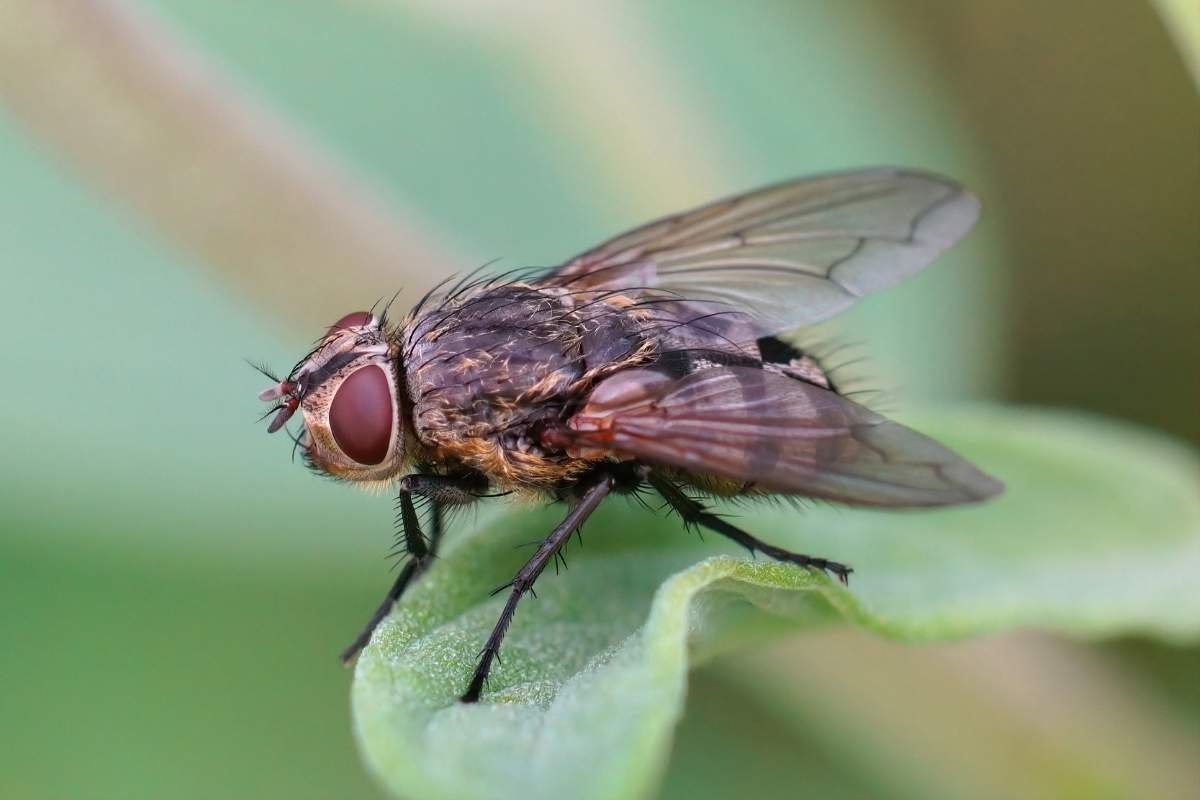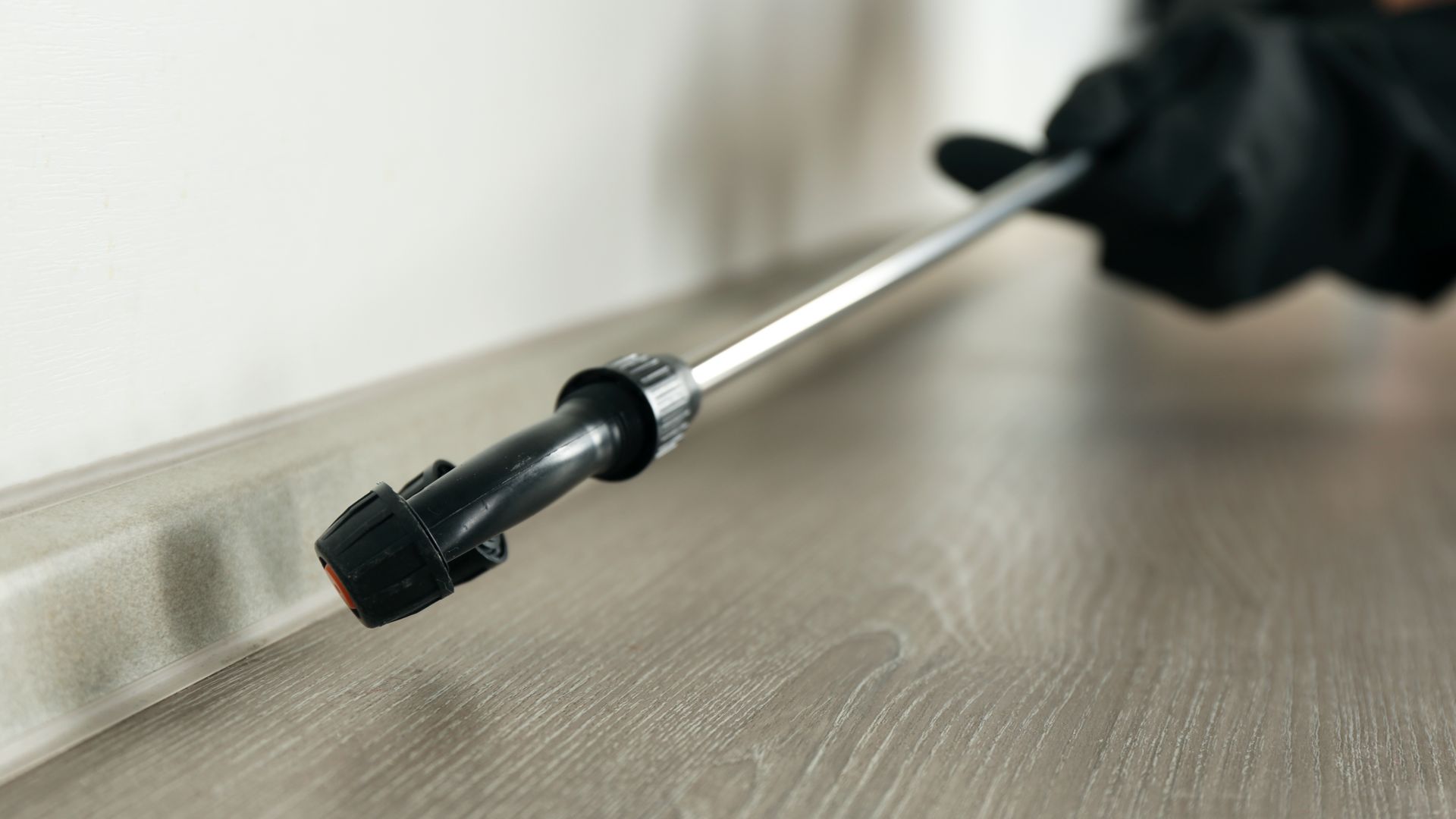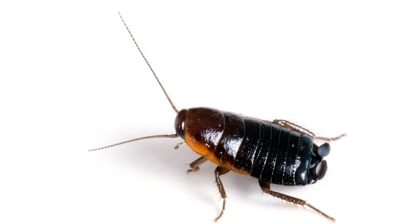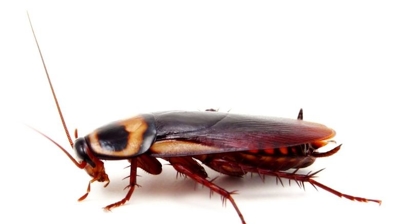
Cluster Fly Control Services

Cluster Flies
Cluster flies (Pollenia spp.) are not directly harmful or dangerous in the same way as some other pests, but they can still pose several issues, particularly as a nuisance. Here are the primary concerns associated with cluster flies:
- Home Infestation & Nuisance – Cluster flies invade homes in large numbers, typically seeking shelter in attics, wall voids, and other secluded areas during the colder months. Their sheer volume can make them a major annoyance, especially when they emerge indoors on warm days.
- Odor Issues – When crushed, cluster flies release a distinctive, unpleasant smell. Additionally, their dead bodies can accumulate in wall voids or attics, leading to decay and odor issues.
- Attraction of Other Pests – Dead cluster flies can attract secondary pests such as carpet beetles, which may then move on to feed on other natural fibers in the home, including clothing and furniture upholstery.
- Allergen & Respiratory Concerns – While not known to bite or spread diseases, the presence of large numbers of cluster flies indoors can contribute to indoor air quality issues. Their shed skins and fecal matter may become airborne allergens, potentially irritating individuals with respiratory sensitivities.
- Electrical & Fire Hazards – Like other insects, cluster flies can sometimes accumulate around light fixtures, electrical outlets, and other wiring areas, posing a minor but potential risk of short circuits, or even fire hazards in extreme cases.
- Crop Impact (Minor Concern) – Unlike houseflies, cluster flies do not feed on garbage or decaying matter, nor do they transmit pathogens. However, in large numbers, they can occasionally impact agricultural settings where they lay eggs in soil and develop as parasites of earthworms, although this is rarely a significant economic issue.
While cluster flies do not pose serious health threats, their persistent infestations can be frustrating and challenging to manage without proper exclusion and pest control measures.
Learn more: Do Cluster Flies Bite?
Cluster Fly Removal
Cluster flies are more than just a seasonal annoyance—they create conditions that can escalate into larger problems if left unaddressed. When they invade attics, wall voids, and upper living areas in large numbers, they leave behind organic debris, including dead bodies and droppings, which can attract secondary pests such as beetles, mites, and rodents. Their habit of gathering in dense clusters around windows and warm surfaces also causes persistent indoor activity, often at times when homeowners least expect insect issues.
Beyond the direct nuisance of their sluggish flight and tendency to appear repeatedly throughout fall, winter, and early spring, their presence can undermine a property’s cleanliness, frustrate occupants, and in commercial settings affect customer perception. While they don’t spread disease like some other flies, the sheer volume in which they accumulate and the difficulty of excluding them once they have established overwintering sites make them a problem best handled proactively.
Eliminating them prevents recurring infestations, protects the structure from secondary pest issues, and restores a healthier, more comfortable indoor environment.
Learn more: How To Get Rid Of Cluster Flies
Cluster Fly Control
Hiring our professional pest control for cluster flies is often the most effective and efficient solution because these pests are notoriously difficult to manage with DIY methods. Cluster flies don’t breed inside your home; instead, they enter in large numbers during the fall to overwinter in attics, wall voids, and hidden structural gaps. This makes them challenging for homeowners to fully eliminate since sprays and traps typically only target the flies you can see, not the hundreds or thousands concealed within the building.
Our licensed pest control professionals know where cluster flies hide and use specialized tools and treatments to target both active infestations and the entry points they exploit. Our professionals also perform preventative measures such as sealing gaps, applying long-lasting residual treatments in voids, and recommending structural modifications that deter future invasions. Beyond treatment, we ensure our work is performed safely, using products correctly and in compliance with regulations.
Hiring our pest control services saves you time, frustration, and repeated infestations by addressing cluster flies at their source. Instead of continually battling swarms season after season, our professionals provide lasting relief and protect your home or business from recurring problems.
Cluster Fly Exterminators
Choosing our local exterminators for cluster fly control offers advantages that larger national companies simply can’t match. Our local professionals understand the specific seasonal patterns, regional weather shifts, and building styles that influence how and where cluster flies infiltrate a property. That familiarity leads to quicker diagnosis, more accurate treatment, and long-term prevention tailored to your home rather than a generic, one-size-fits-all program. You also gain faster response times, direct communication with the same technician, and a higher level of accountability—our local team relies on our reputation and referrals, so the quality of our work becomes personal. In contrast, national providers often rotate technicians, follow rigid corporate protocols, and often recommend service plans that don’t fully address the root cause of a cluster fly issue. With our local specialists, you receive targeted expertise, consistent service, and a partnership focused on solving the problem efficiently and preventing it from returning.
What Do Cluster Flies Look Like?
Cluster flies (Pollenia spp.) are often mistaken for houseflies, but they have distinct characteristics that set them apart. Here’s how to identify them:
- Size & Shape – Cluster flies are slightly larger than houseflies, typically measuring about 8–10 mm (1/4 to 3/8 inch) in length. They have a more robust, oval-shaped body.
- Color & Markings – Their bodies are dark gray to black with a non-metallic, dull appearance. They have golden or yellowish hairs on their thorax, giving them a slightly fuzzy look, which distinguishes them from houseflies. These hairs may wear off over time.
- Wings – Their wings overlap when at rest, forming a distinct roof-like shape over their body. Houseflies, in contrast, hold their wings more spread apart.
- Slow Movement – Cluster flies are sluggish compared to houseflies, often moving lazily when disturbed. They may gather in large groups around windows or walls, especially on warm, sunny days.
- Eyes & Head – Their reddish-brown eyes and lack of metallic coloring on their body help differentiate them from blowflies or green/blue bottle flies.
Where Are Cluster Flies Found?
Cluster flies are most commonly encountered in homes, buildings, and outdoor spaces with nearby soil and vegetation. Here are the specific places where you are most likely to find them:
Inside Homes & Buildings
- Attics & Wall Voids – Cluster flies seek out warm, dry places for overwintering. They often hide in attics, crawl spaces, behind walls, and in ceiling voids.
- Windows & Light Fixtures – On warm days, overwintering cluster flies become active and try to exit, often gathering around windows, skylights, and light fixtures.
- Basements & Utility Rooms – If they enter through cracks or gaps, they may be found in basements or near HVAC systems.
Outside Structures
- South- and West-Facing Walls – In fall, cluster flies gather in large numbers on sunlit exterior walls, especially on warm days.
- Cracks & Gaps in Siding, Rooflines, and Vents – They enter homes through small openings around windows, doors, roof vents, and siding.
Gardens, Lawns, and Fields
- Soil-Rich Areas with Earthworms – Cluster fly larvae develop as parasites of earthworms, so they thrive in areas with moist, well-aerated soil, such as lawns, farms, and gardens.
- Wooded & Rural Areas – Homes near wooded areas or fields often experience more cluster fly infestations due to favorable breeding conditions.
What Do Cluster Flies Eat?
Cluster flies have different feeding habits during their larval and adult stages:
Larval Stage (Maggots)
- Cluster fly larvae are parasitic to earthworms. After hatching from eggs laid in the soil, the larvae burrow into earthworms and feed on their bodily fluids until they mature. Unlike other fly species, they do not develop in garbage, feces, or decaying organic matter.
Adult Stage
- Adult cluster flies primarily feed on nectar, plant sap, and other natural sugars from flowers and fruits.
- They do not scavenge human food, garbage, or decaying matter like houseflies.
- Indoors, they do not feed at all; they simply seek shelter for hibernation during colder months.
Since they do not consume waste or rotting materials, they are not known to spread diseases like houseflies. However, their presence in homes can still be a nuisance.
Cluster Fly Life Cycle
The life cycle of cluster flies (Pollenia spp.) consists of four stages: egg, larva (maggot), pupa, and adult, and typically takes 30 to 50 days to complete, depending on environmental conditions.
Egg Stage
- Female cluster flies lay their eggs in soil, usually near earthworm burrows, during the summer or early fall.
- Each female can lay several hundred eggs.
- The eggs are small, white, and hatch within a few days (usually 3–7 days).
Larval Stage (Maggot)
- Once hatched, the larvae (maggots) immediately seek out and parasitize earthworms, burrowing into their bodies and feeding on them.
- The larval stage lasts about 13–22 days as the maggots develop inside the host.
- Unlike typical fly larvae that consume decaying organic matter, cluster fly larvae are parasitoids of earthworms.
Pupal Stage
- After feeding and growing, the larvae exit the earthworm and burrow into the soil to pupate.
- The pupal stage lasts about 10–14 days, during which the larvae transform into adult flies.
- Pupae are reddish-brown and remain in the soil.
Adult Stage
- Fully developed adult cluster flies emerge from the soil and begin their search for mates.
- They are sluggish flyers and resemble house flies but are slightly larger, with a dull grayish body and golden hairs on their thorax.
- Unlike house flies, cluster flies do not breed indoors or feed on garbage or feces.
- During late summer and fall, cluster flies seek shelter inside homes and buildings, often clustering in attics, wall voids, or other protected areas to overwinter.
- In spring, they emerge to mate and lay eggs, restarting the cycle.
Key Characteristics of Cluster Fly Life Cycle
- Overwinters as an adult in homes and buildings.
- Reproduces in soil with larvae parasitizing earthworms.
- Does not breed indoors, unlike house flies or blow flies.
- Life cycle takes about 30–50 days, with multiple generations per year.
- Most active in late summer and fall, when they invade structures in large numbers.

Hear From Our Happy Customers
-
"Great Communication"
Tech was on time, communication was great, and he accommodated my needs.
- Alonzo W. -
"Very Knowledgeable"
The tech that arrived was courteous, professional, and very knowledgeable. He was Great.
- Uerial I. -
"Wonderful Service"
Wonderful service. Jarvis is great. Took care of everything I needed. Thank you!
- Henry P. -
"Professional & Considerate"
I’m pleased with Miche services. Jarvis came today. Professional and considerate. Thank you!
- Judy B. -
"Fantastic & Patient"
Jarvis was fantastic and patient. He answered my questions with an in-depth explanation and addressed all of my areas of concern. Would love for him to be my assigned tech going forward. Well done!
- Yonnette M. -
"Exceeds Expectations"
I can’t say enough positive things about this company... The tech that came out, Jarvis went above and beyond my expectations. Thank you guys, I will continue using your services.
- Jake M.



